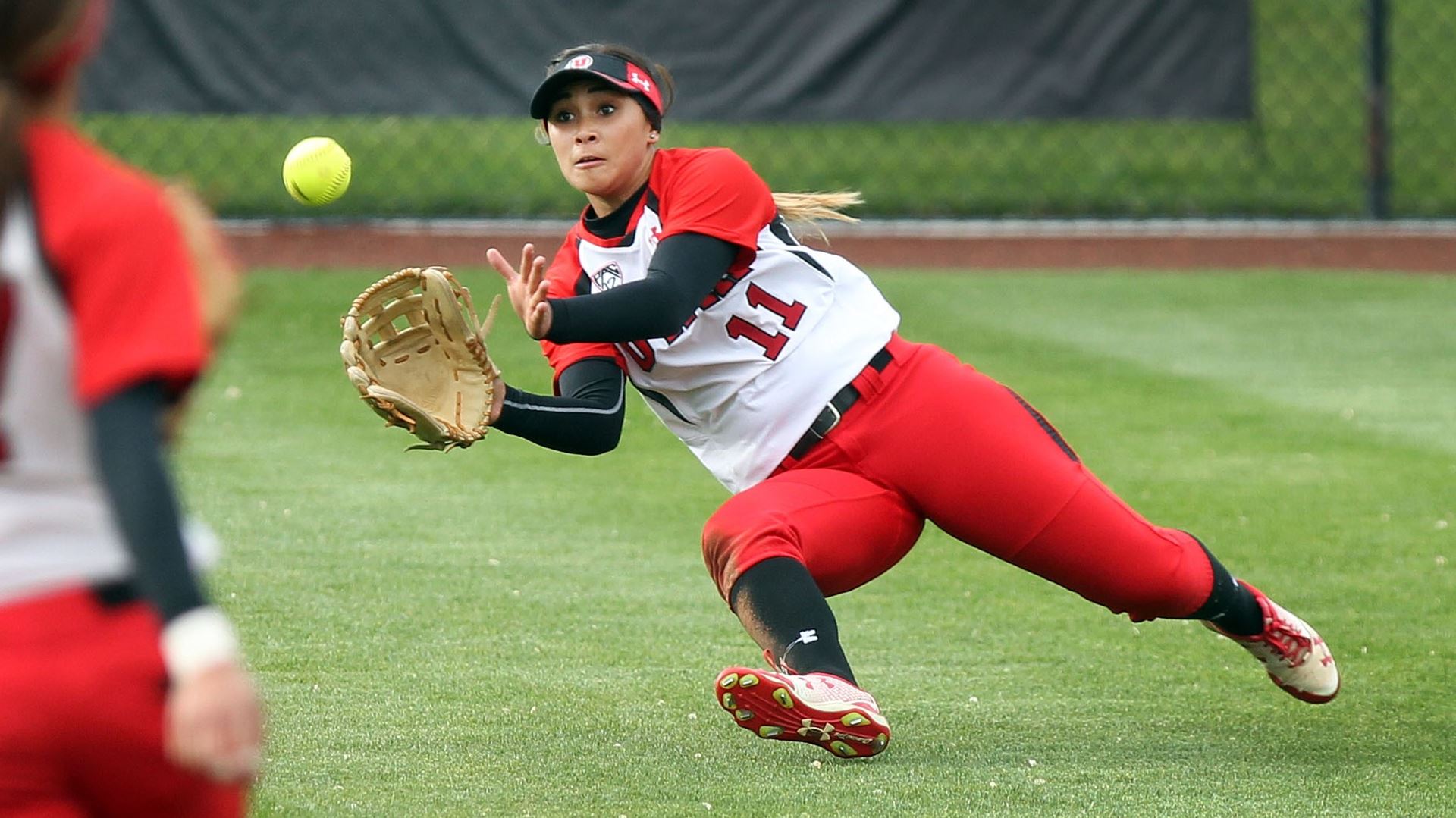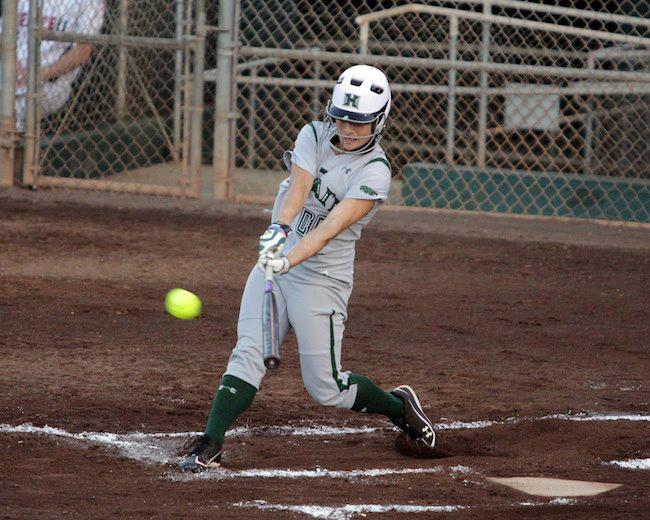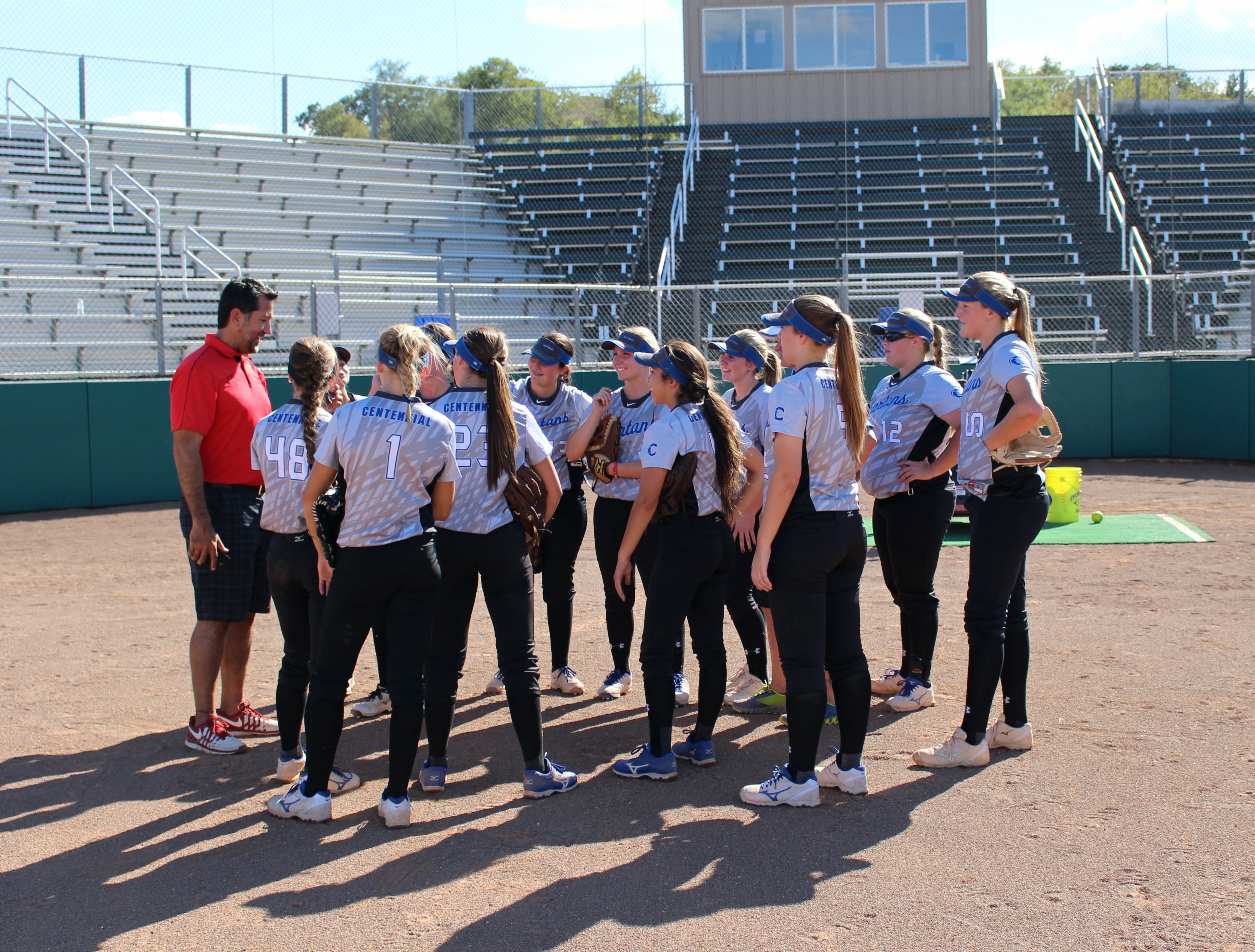
If you asked all the tee ball players in the world which position is the most boring to play, I’m fairly certain ninety-nine percent of them would say, “OUTFIELD.”
At a young age, many players do not value the significance of the outfield. However, as players get older and hitters become more powerful, having quality outfielders becomes more and more important. The outfield should be a place of focus so that your last line of defense is equipped for battle.
But how can we get our outfielders better? What should we have them focus on during pop fly drills?
Here are two simple adjustments that every outfielder can make today to make them turn balls hit in the gaps into outs.
Adjustment #1: Pump Your Arms
Every coach knows that a player needs to pump their arms when they run. Coaches yell, “pump your arms!” constantly while a player is running the bases, but what about in the outfield?
So many outfielders (and infielders) see a ball hit their direction and run with their glove arm stretched out to the ball way before the ball is even close to them. As they take multiple steps towards the ball with one arm stretched out, their body is much slower and will not close the gap as quickly as they could if the player pumped both arms a few extra times before glove extension. Those are lost strides that could have been more powerful, more explosive and would most likely allow them to get to many more balls.
Outfielders should be able to easily and comfortably run all of the field with their gloves on. It should feel like an extension of their body, so the quicker they can learn to “tuck” their glove into their body and pump their arms, the easier it will be for them to do it when a ball is hit in their direction.
Practical ways to make this adjustment
- “Tuck and Run” should become a common cue repeated in an outfielder’s head and by coaches when the ball cannot be caught within a couple feet from where the player starts.
- Challenge yourself to pump your arms as long as you can before extending your glove to the ball.
- Gain Range Drill - the ball is hit far in front, over the head, or to the side of the outfielder. The goal is for the outfielder to immediately tuck their glove into their arm and sprint towards the ball just like they would sprint if they were running the base paths.
Adjustment #2: Beat the Ball to the Spot
There’s a runner on third, and the ball is hit in the air high down the right field line. It’s not too far away from the right fielder, so she slowly jogs to catch it. She gets to the ball and is able to catch it no problem, but she is facing the right field fence. She tries to turn her whole body around to set her feet to throw towards home, but it takes too long and the runner easily tags up and scores.
What happened here? What could have been improved? Yes, this player easily was able to catch a fly ball, but she was not setting herself up to make any throw or move on to the next play. Some coaches call this “coasting” or “drifting” to the ball.
The easiest adjustment to make is to practice “beating the ball to the spot.” What this means is gauging where the ball is going and running hard to that spot before the ball gets there in order to have time to set your feet towards the infield.
This works no matter what kind of hit it is - a flyball, groundball, or line drive. It works no matter where the ball is hit - in the gap, in front of the outfield, or on the warning track. This simple mindset adjustment can help outfielders not settle with one easy catch down the line, but to help set themselves up for throwing out the runner at home as well.
Practical ways to make this adjustment
- On every fly ball hit in your direction, quickly gauge where on the grass the ball is going to land. This is the spot you need to get to first before the ball does.
- Fastest to the Ball Drill - Make two lines of players about 10-15 feet apart from one another. The first player in the first line is going to be fielding the ball wherever it is hit. The player in the second line is the racer. Their only job is to read where the ball is going and try to beat their teammate and the ball to that spot. Having someone to race against will challenge the first player to reach the spot of the ball as quickly as possible.
What are some other adjustments an outfielder can make to become a better player? Comment below and we'll highlight your coaching tip on our social media outlets!
Featured Photo: Source



-1.png?width=996&name=Screenshot%20(216)-1.png)

